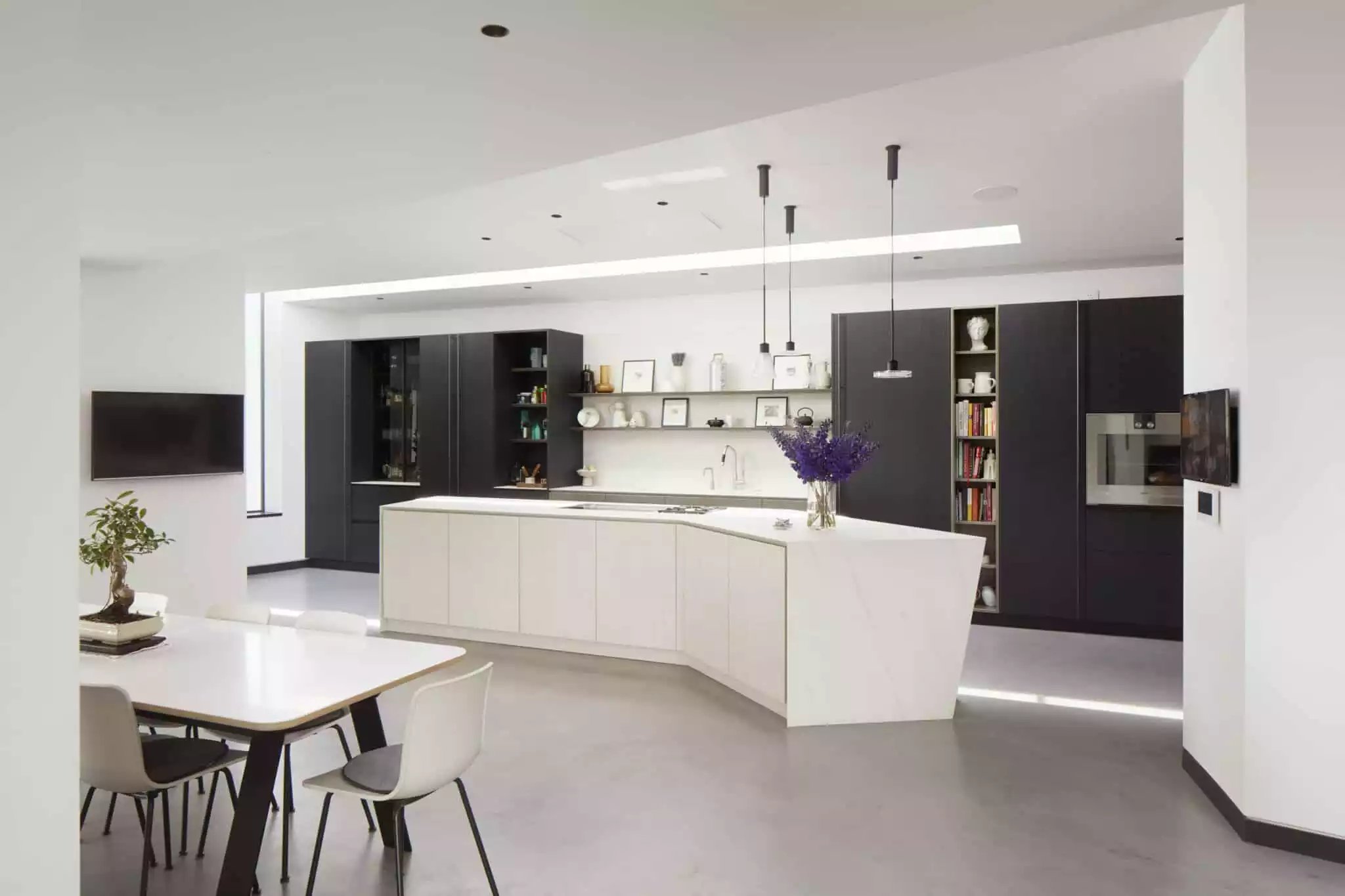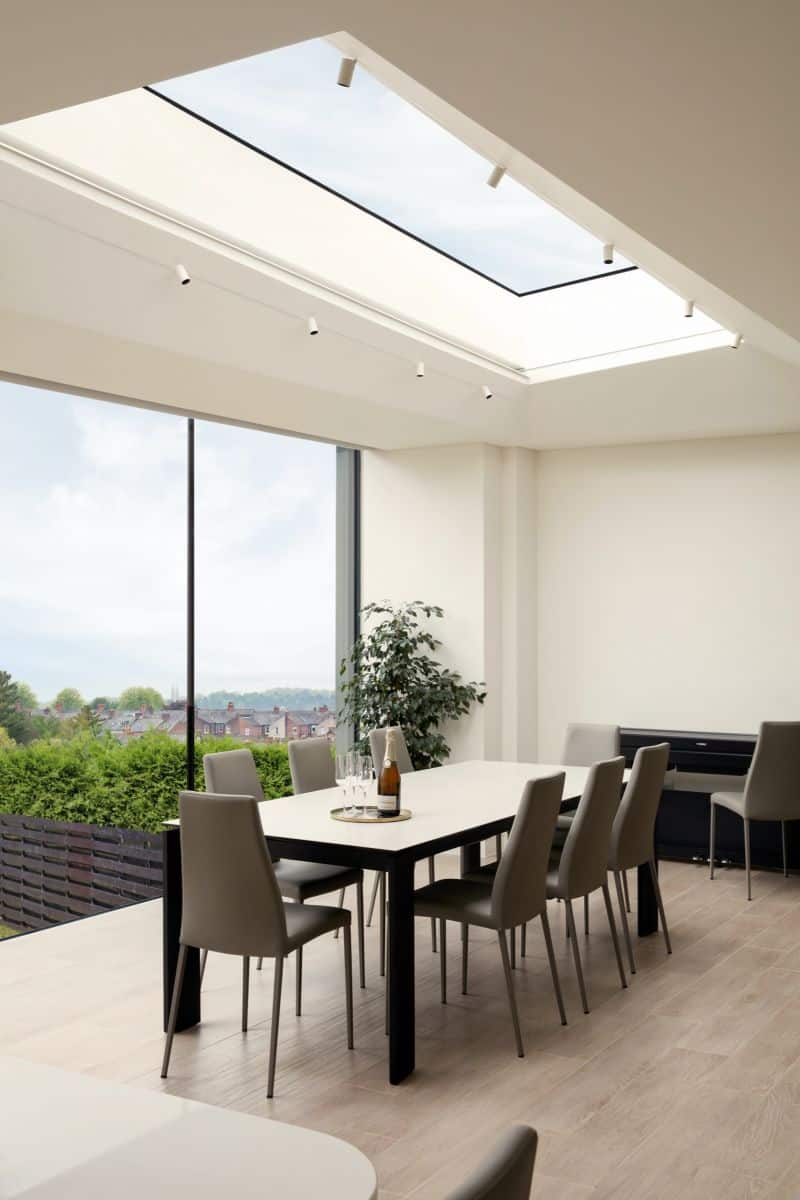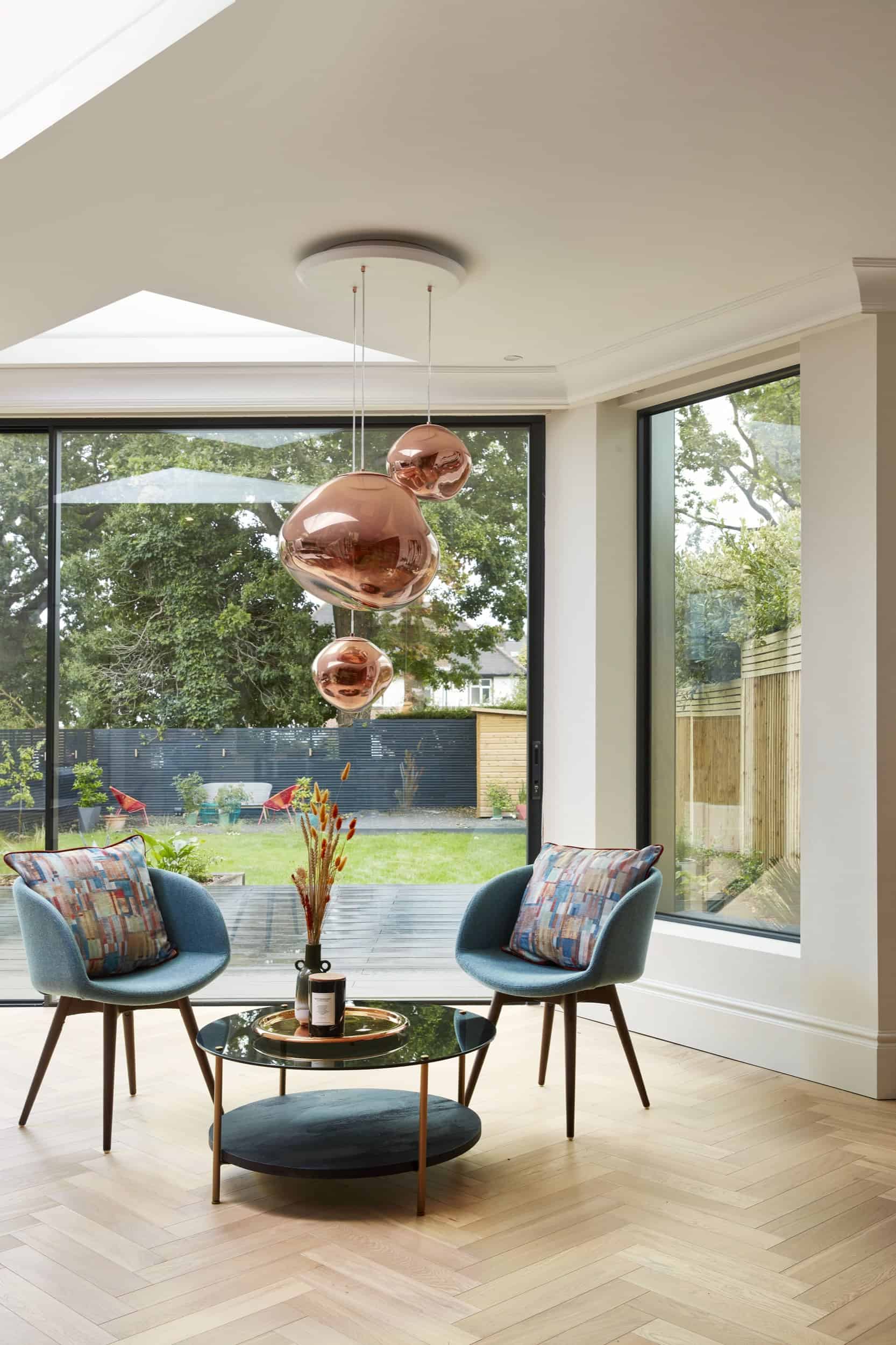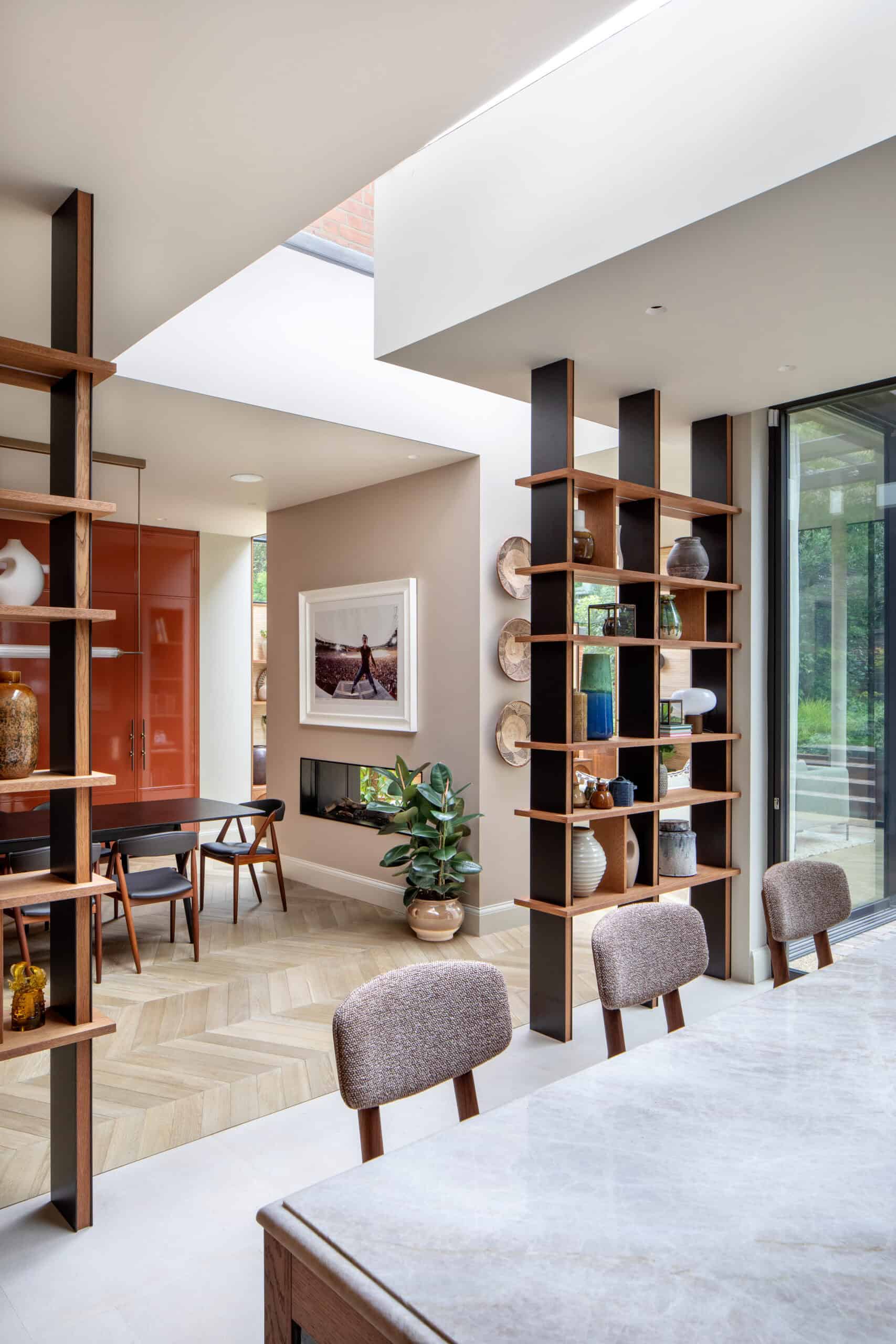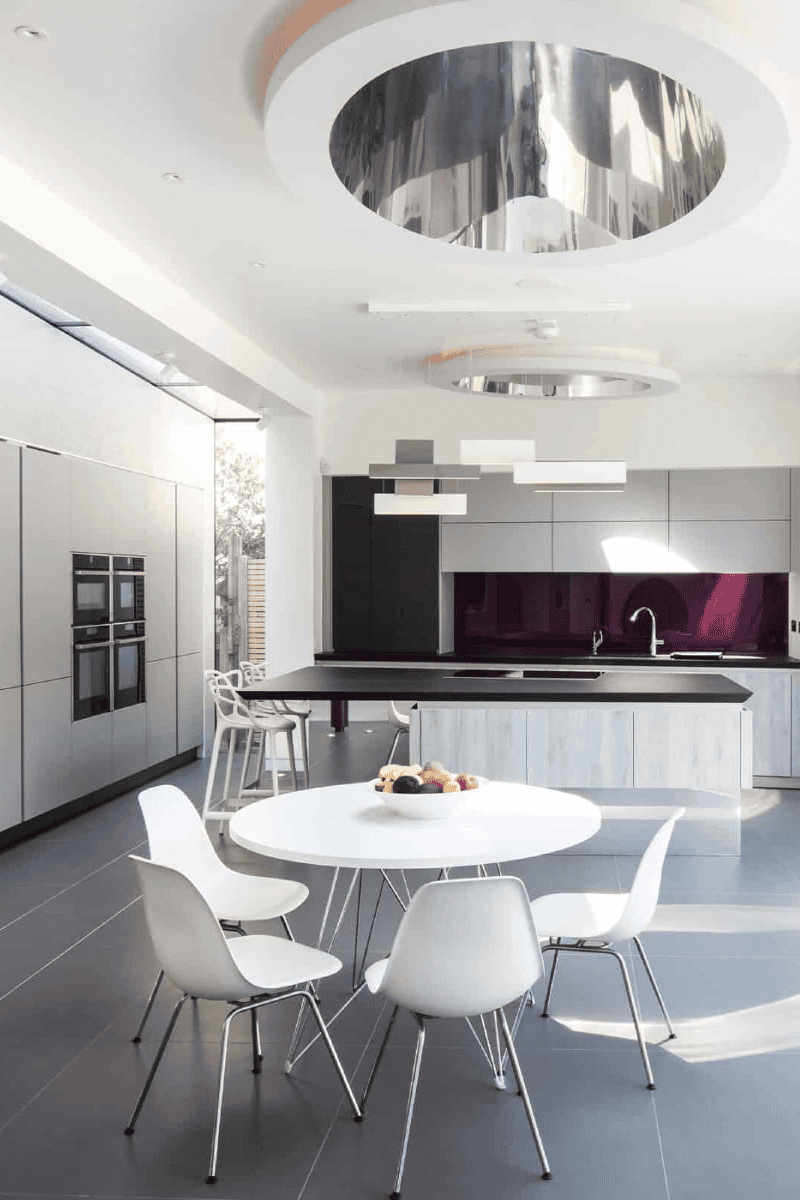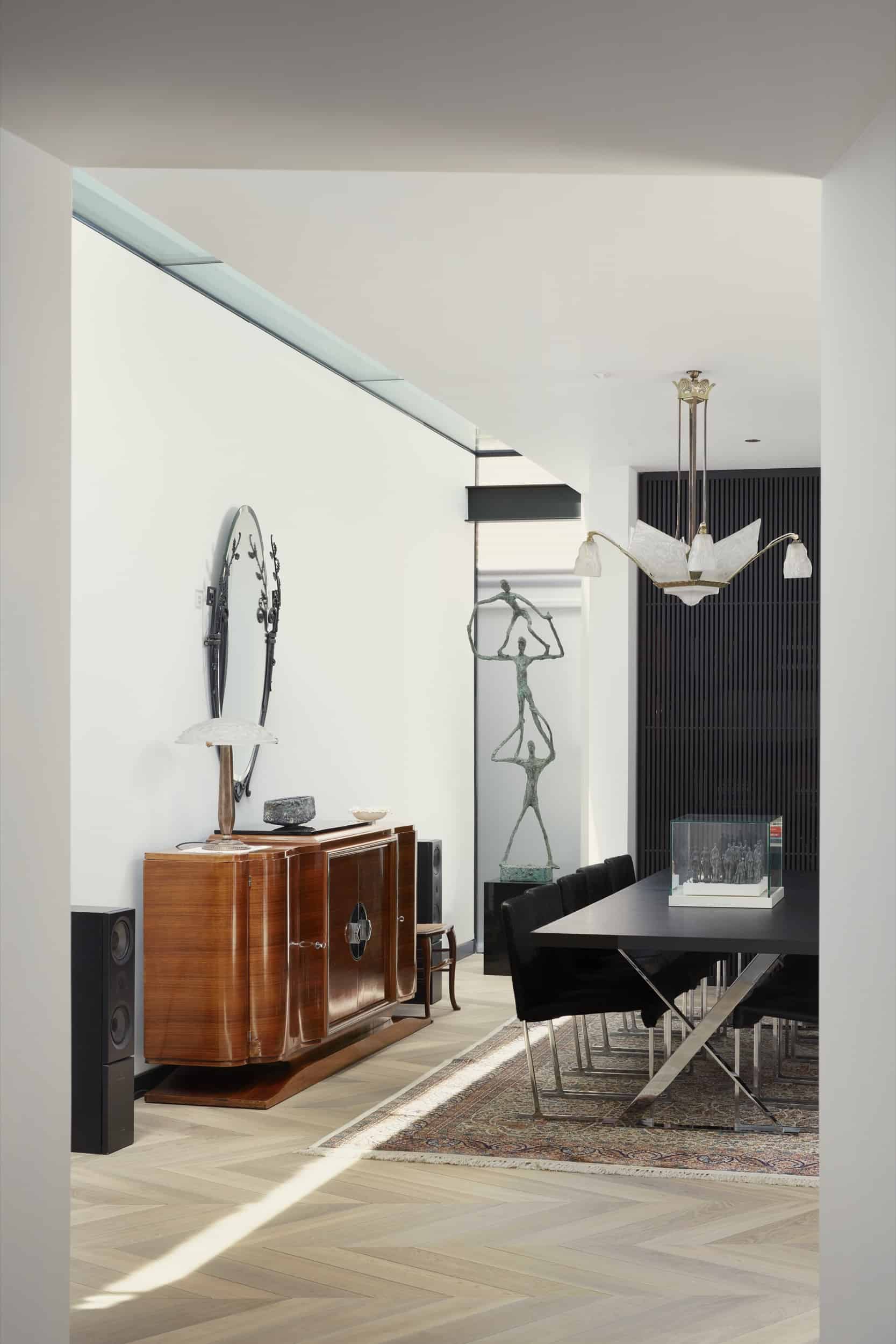Are you lacking natural lighting and the many wellbeing benefits that come with it? On this page, we uncover how the science of natural light can improve the mind and body, along with key ways to harness these advantages at home – whether a new build or renovation project.
The mind-enhancing benefits of natural light are undeniable. From increased energy and concentration to reduced stress, natural lighting has been scientifically proven to elevate our wellbeing.
This makes natural light a key component of any thriving living space, with an array of research showcasing its benefits. For example, window orientation in hospitals has been associated with a shorter duration of inpatient stays and more effective pain alleviation. Furthermore, optimising natural light in office layouts has been shown to deliver considerable benefits for employees. These include increased productivity, less eye strain, and better quality of sleep.
Natural light also helps regulate our hormone production. Sunlight exposure plays a pivotal role in producing serotonin, responsible for boosting mood and increasing energy. Natural lighting also contributes to the production of melatonin, our primary sleep regulation hormone.
However, too much exposure to artificial lighting (especially blue light) can negatively affect the impact a living space has on our wellbeing. Unnatural light can interfere with our circadian rhythms, disrupting sleep cycles and having an adverse effect on general mood.

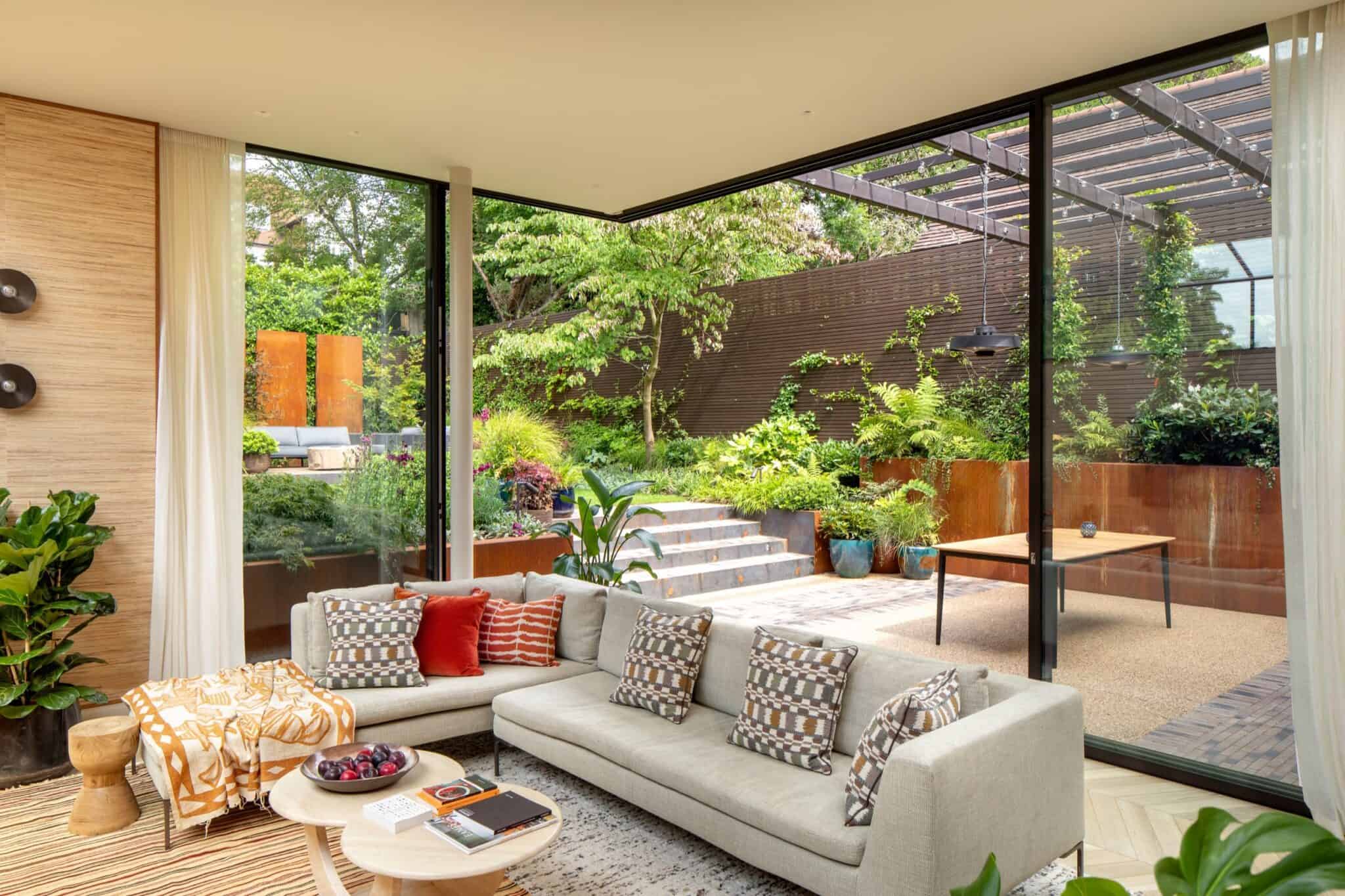
"Architectural design should prioritize the strategic use of natural light to foster well-being and cognitive health in living environments"
Maia Lemlij
Proven cognitive benefits of natural light
A 2013 Korean research study found that direct bright light can interfere with cognitive processes, eliciting stress responses as a result. Furthermore, another study by Korean researchers demonstrated that indirect lighting can promote pleasant feelings associated with frontal theta brain activity. Theta brainwave frequencies are connected with creativity, intuition and daydreaming. Theta activity reflects the state between wakefulness and sleep.
In 2020, the International Journal of Environmental Research and Public Health (IJERPH) published research focusing on the effect of sunlight on the cognitive function of office workers. 30 office workers spent a week in a dark, dingy office with blinds covering all windows. The following week, they worked by large light-filled windows and scored 42% higher on cognitive performance tests compared to the week they spent in the darker office. They also slept for 37 minutes longer per night, on average.
These research examples showcase the positive impact natural light manipulation can have on our cognitive function and general wellbeing. As a result, homeowners should prioritise the science of light within their home’s design, creating a flowing and comfortable space for the mind and body to thrive in.
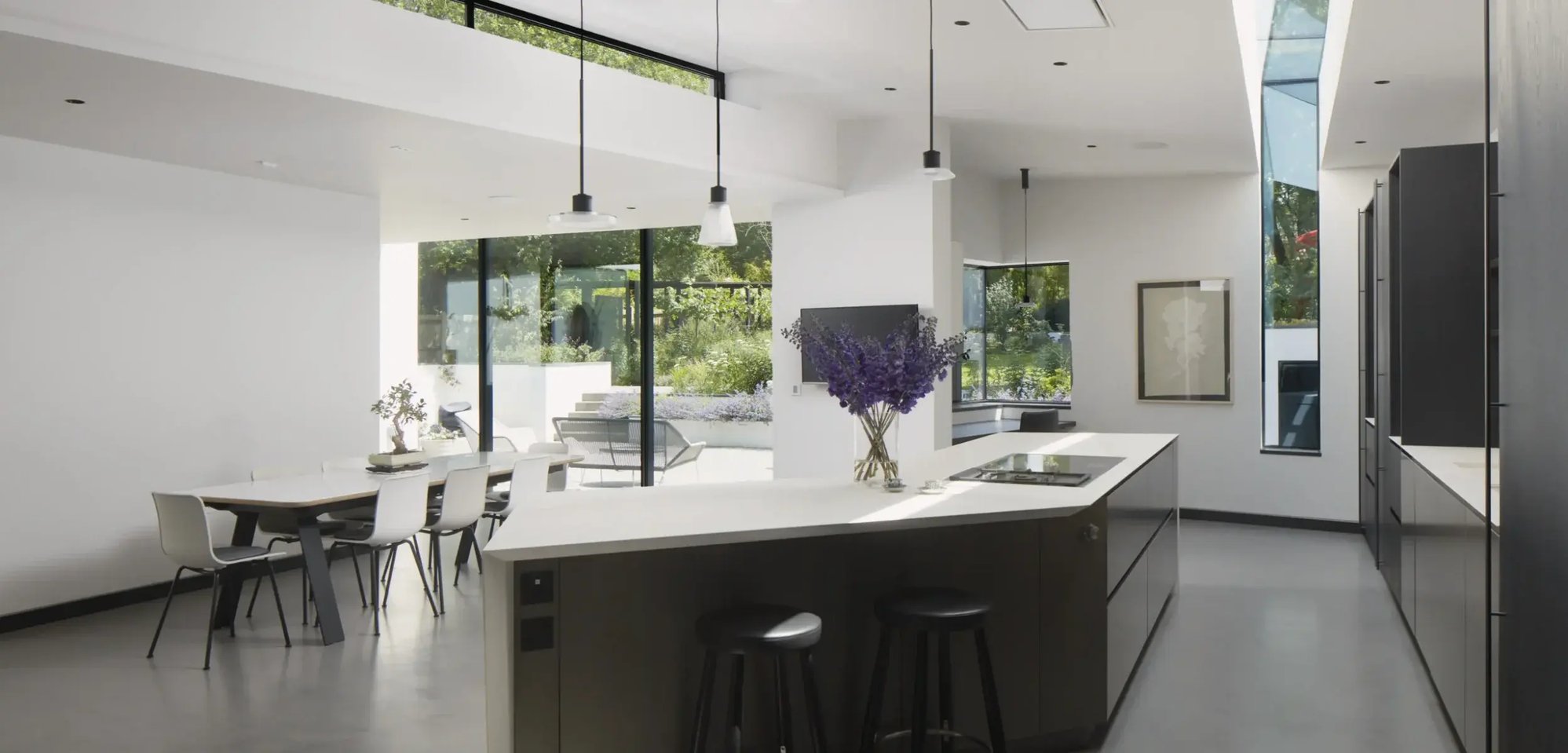
Techniques for light manipulation in your home
Here are a few key ways you can capture the science of light – at home.
Human-centric lighting
Our circadian rhythms, also known as our ‘inner clocks’, are hugely influenced by natural light. During the day, these rhythms rely on as much exposure to natural light as possible to function optimally, with appropriate artificial light playing a huge role in helping us unwind during the evenings.
The best solution to align home lighting with our circadian rhythms comes in the form of human-centric lighting (HCL). HCL is a system that sensitively utilises artificial light in controlling the temperature and intensity of your home’s lighting throughout the day. This can be achieved via innovations such as LED lights and digital control systems, designed to mimic natural light as much as possible – adaptable to all seasons throughout the year.
For example, this could involve illuminating cooler-toned artificial lights in the morning to mimic a sunrise, and warmer-toned lights in the evening to replicate a sunset.
.jpg?width=768&height=1152&name=xNorth-West-Eleven-Photography-Matt-Clayton-018-768x1152.jpg.pagespeed.ic.D9wu6QTSuT%20(1).jpg)
Tilted, custom skylights
Curated to maximise the ingress of light, skylights can be a major contributor to unlocking the wellbeing benefits of natural lighting within the home.
We have incorporated skylights into many of our transformation projects, including tilted skylights designed to maximise the flow of natural light within the space. We have also utilised angled skylights, shaped as triangles. Serving a dual purpose of both design and function, this specific shape successfully draws natural light directly into the centre portion of the home. This was done to counteract what would otherwise be a much darker environment, fully illuminating the entire space from the outside in.
In other projects, we have used elliptical or cone-shaped skylights to allow more light to enter and create captivating patterns throughout the space.

Continuous strips of glass
Utilising glass as a functional link between different parts of the home can instantly illuminate large areas. One of our extension-focused projects involved installing a continuous strip of glass to detach the extension from the main house.
This not only provided a convenient connection between the two, but also brought significantly more natural light to deeper spaces where it would otherwise fail to reach.
